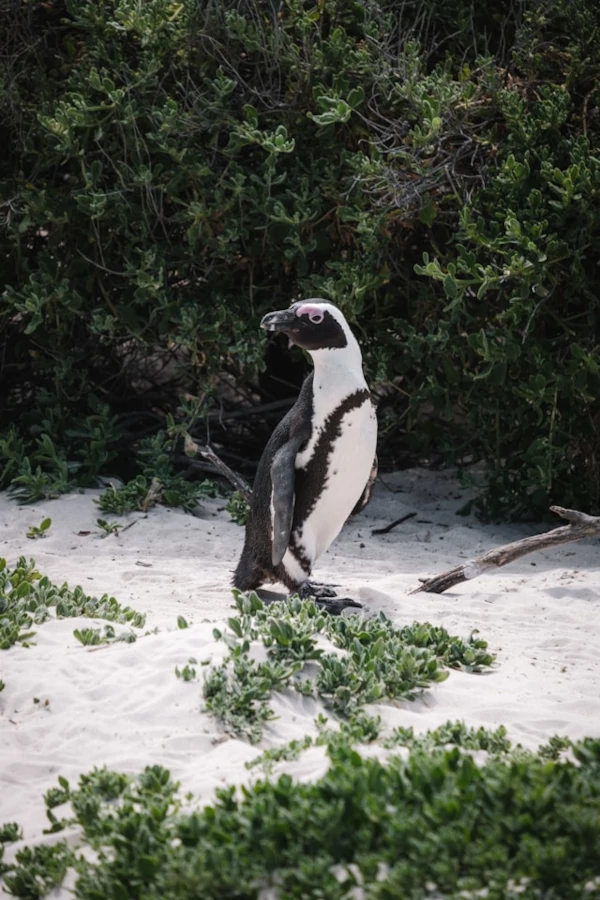Table Mountain National Park is renowned for its rich biodiversity, boasting an extraordinary array of plant and animal species. The park is home to over 2,200 species of plants, including many endemic to the Cape Floral Region, a UNESCO World Heritage Site known for its botanical diversity. Visitors can explore the park's varied habitats, from fynbos-covered slopes and ancient forests to rugged coastlines and beaches, encountering unique wildlife such as baboons, zebras, penguins, and colorful bird species along the way.
In addition to its natural wonders, Table Mountain National Park is steeped in history and cultural significance. The park preserves archaeological sites dating back thousands of years, as well as cultural landmarks such as the Cape of Good Hope and historic lighthouses. Whether hiking to the summit of Table Mountain, exploring coastal trails, or simply soaking in the breathtaking views, a visit to Table Mountain National Park promises unforgettable experiences and a deeper connection to the beauty of the natural world.










